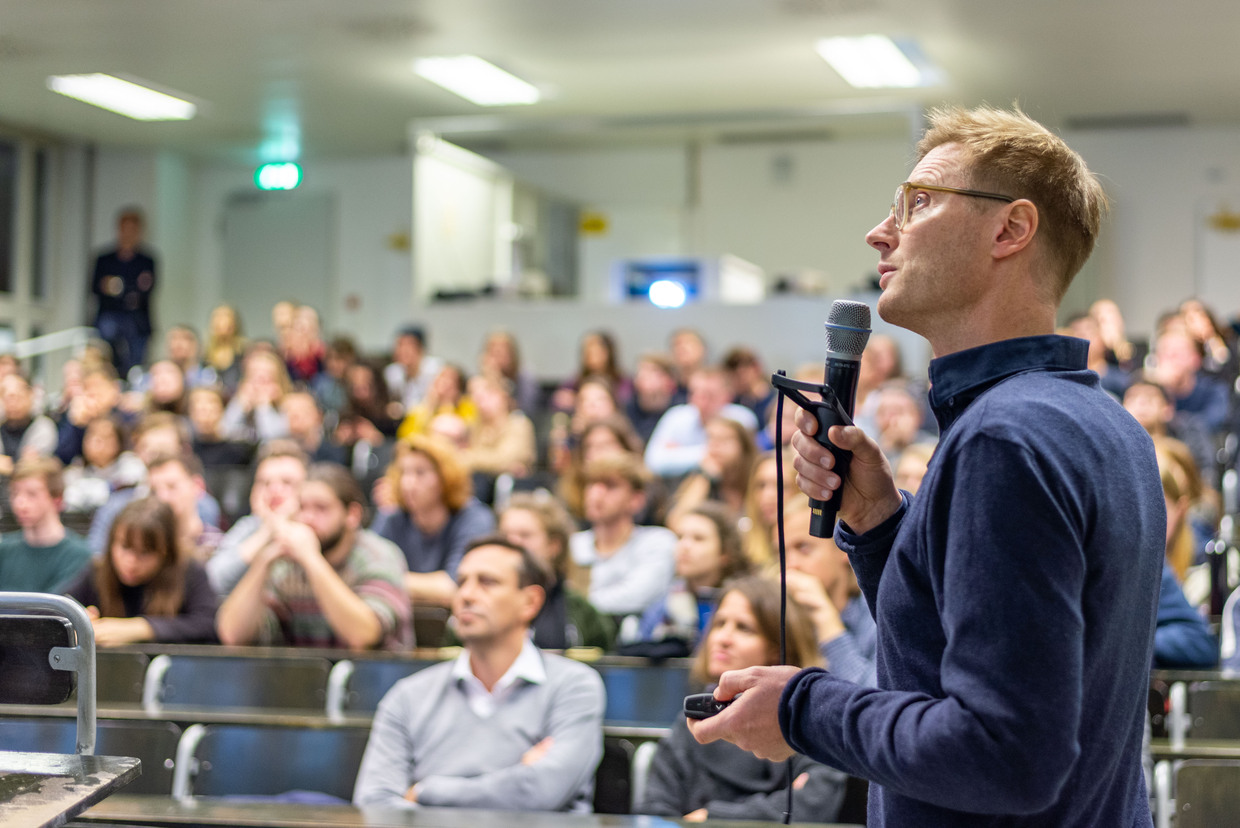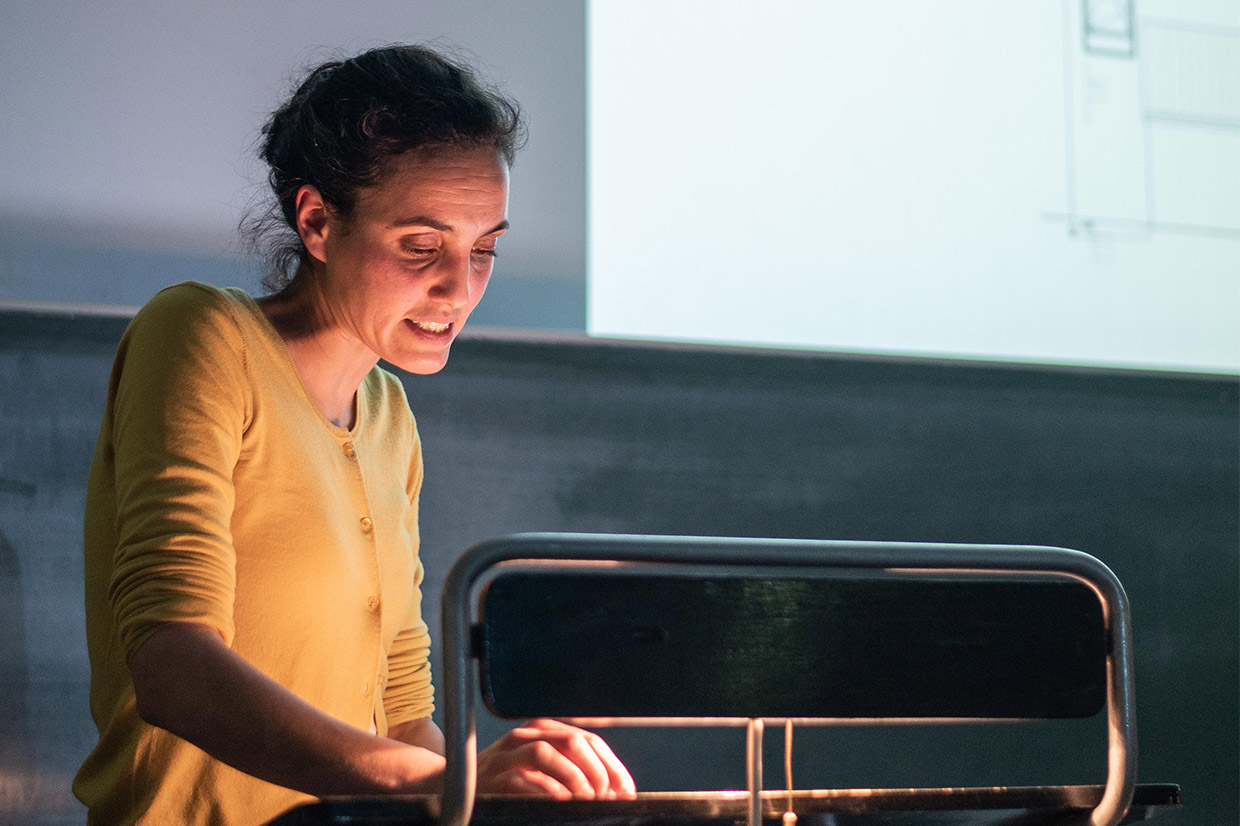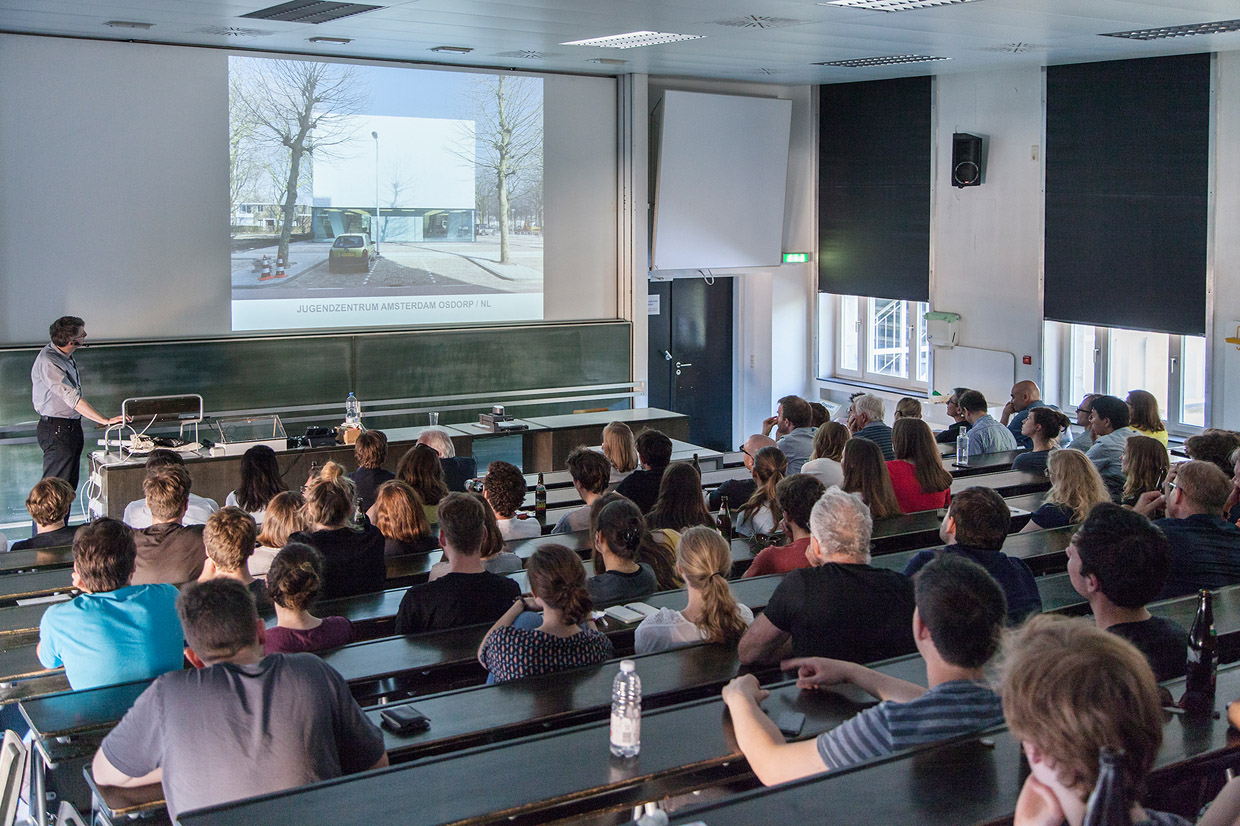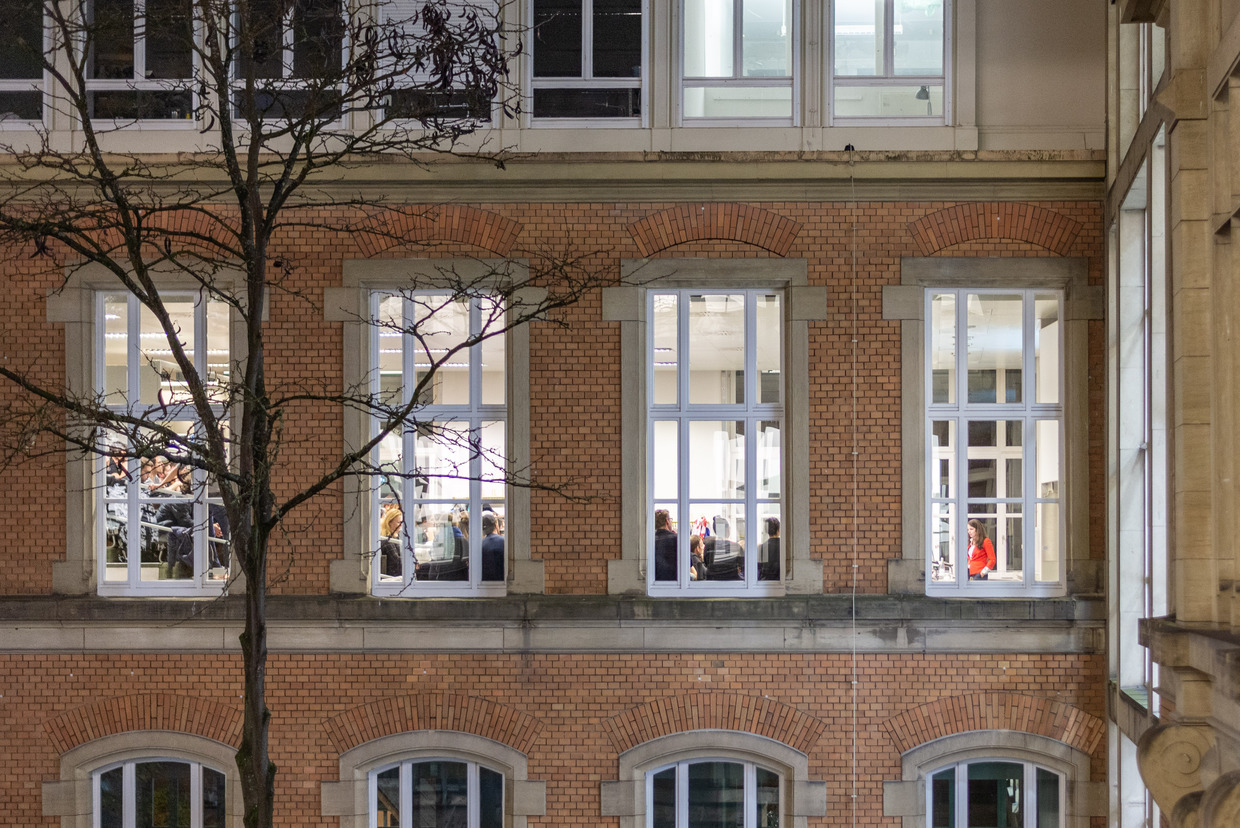Show and Tell

What kind of practice is exhibiting architecture? Since the 1970s, architecture has increasingly moved into galleries: With models, sketches and plans, it began to populate exhibitions and biennials, museums and shows. Some of the biggest shifts in architectural discourse have begun in and through exhibitions: Where people come together, show architecture and talk about it, things can change on all levels. But in a discipline where you rarely exhibit the "original" - that is, a building or space on a 1:1 scale - what is it that we actually get to see, show or experience? Can a model represent a space? And what about the space that surrounds the exhibitions? How are architectural narratives constructed and what materials are used? Regardless of whether architecture has now become "art" (an old discussion), questions of scale, media and translation are at the heart of architectural exhibitionism.
We have invited makers and thinkers - curators, exhibition architects, exhibition historians or institution directors - to tell us about their architectural practice through and with exhibitions.
Dates
Michał Sikorski (TŁO, Warsaw):
Material Resistance
TLO_MuseumofArchitectu.jpg)
Ana Neiva (University of Porto, Porto):
Fragments and Fictions: Curating Architecture Beyond the Object
Her curatorial work reflects this engagement across contexts: from Porto - The City, the School, and the Masters (UABB Shenzhen, 2015), to Lo Studio Ginoulhiac - 10 Anni. 10 Case. 10 Temi di Architettura (Bergamo and Porto, 2019), and Fertile Futures, Portugal's official representation at the 18th Venice Architecture Biennale (2023), where she served as deputy curator. She currently co-curates O que Faz Falta: 50 Years of Architecture in Democracy, on view at Casa da Arquitectura, Matosinhos.
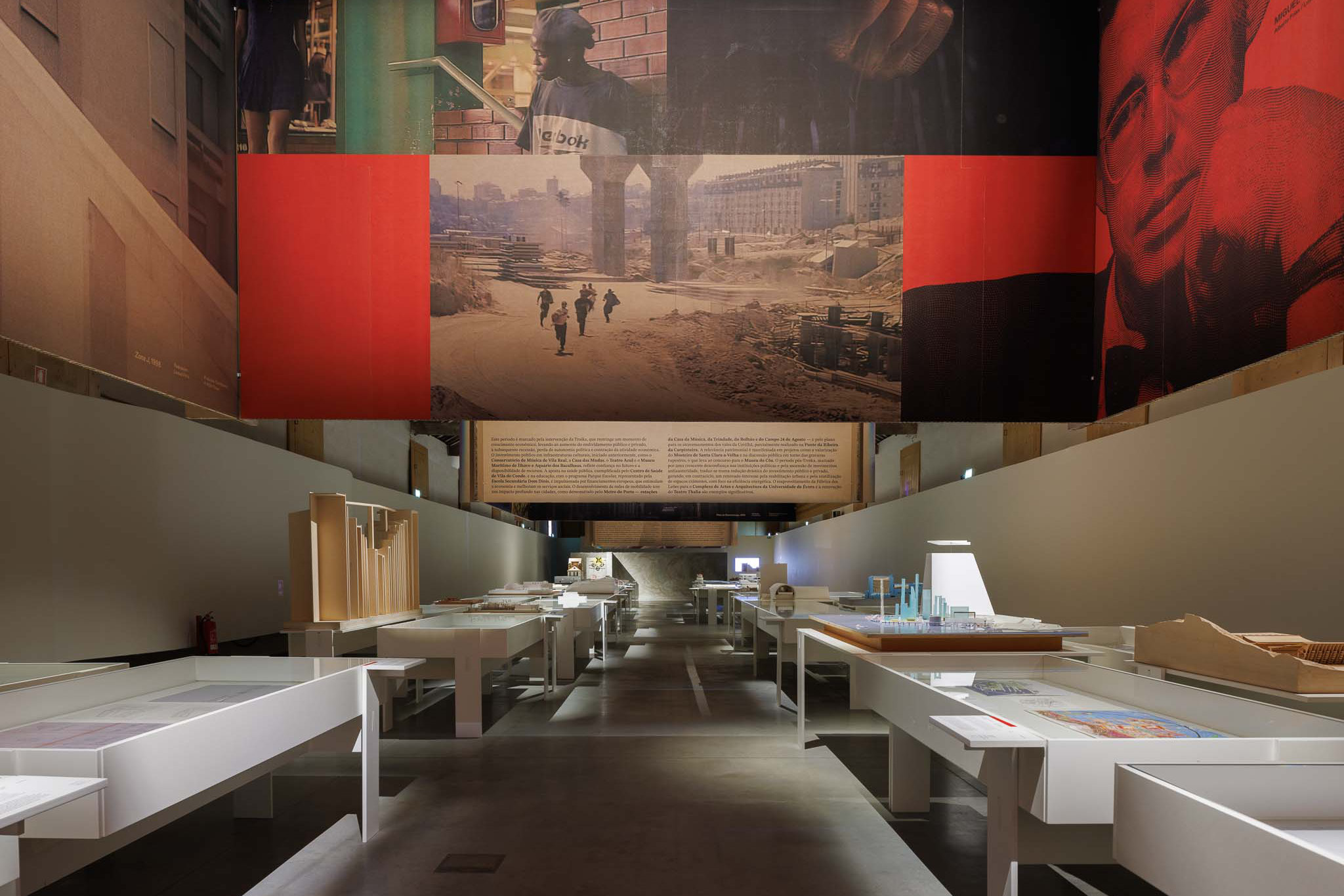
Monika Platzer (Az W, Vienna)
and Michael Hieslmair & Michael Zinganel (Tracing Spaces, Vienna)
Visual storytelling. From Cold Storage to Hot Stories - The Az W display collection
Studied art history at the University of Vienna. Works at Architekturzentrum Wien as head of collections and curator. She has led national and international research and exhibition projects, including Hot Questions - Cold Storage. The Permanent Exhibition at the Az W; Cold War and Architecture. The Competing Forces that Reshaped Austria; "Vienna. The Pearl of the Reich." Planning for Hitler; a_show. Austrian Architecture in the 20th and 21st Centuries; Lessons from Bernard Rudofsky; Shaping the Great City: Modern Architecture in Central Europe 1890-1937; Kinetism. Vienna Discovers the Avant-Garde.
Monika Platzer has taught at the University of Vienna and the Vienna University of Technology; editor of ICAM print, the journal of the International Confederation of Architectural Museums (2004-2020). In 2014, she was visiting scholar at the Center for European Studies, Harvard University, USA. Her research focuses on twentieth-century Austrian architecture and cultural history, transnational architectural history. She lectures and publishes extensively.
https://www.azw.at/
Founded in 2012 as an independent interdisciplinary research platform, conceives and produces projects, exhibitions, publications, and educational formats on the topics of architecture, urban research, logistics, tourism, mobility, and migration, as well as research-based art and artistic research projects.
Tracing Spaces designs exhibitions that are developed and curated within the framework of its own research focuses (including 2012-2015 Urlaub nach dem Fall, 2014-2016 Road Registers, 2020-2022 Serpentine, 2023-2024 Cargo Vienna) or commissioned by third parties (including 2022 the new exhibition collection of the Az W Hot Questions, Cold Storage, 2022 IBA International Building Exhibition Vienna, 2023 Collected at Any Price at the Volkskundemuseum Vienna). In the field of urban curating, they activate interactions in social space through medium-term on-site projects and spatial interventions. Since 2015, Tracing Spaces has been operating a project space at Vienna's last major inner-city logistics hub, since 2020 under the label Museum Nordwestbahnhof, where the social milieu of the logistics landscape is embedded and its diverse history is researched and communicated.
LisaRastl_Hot%20Question-.jpg)
Matthias Böttger: (IXDM HGK Basel / urbanegestalt Cologne)
Spatial arrangements of social processes
In 2008, together with Friedrich von Borries, Matthias Böttger was curator of the German contribution "Updating Germany" at the Architecture Biennale in Venice and in 2013 curator of the German contribution "Nòs Brasil! We Brazil!" in São Paulo. From 2011 to 2022 he was artistic director of the German Architecture Center DAZ in Berlin.
Simone Niquille (technoflesh Studio, Amsterdam):
Model Home - Household Robots & The Politics of Categorizing Life for Artificial Intelligence
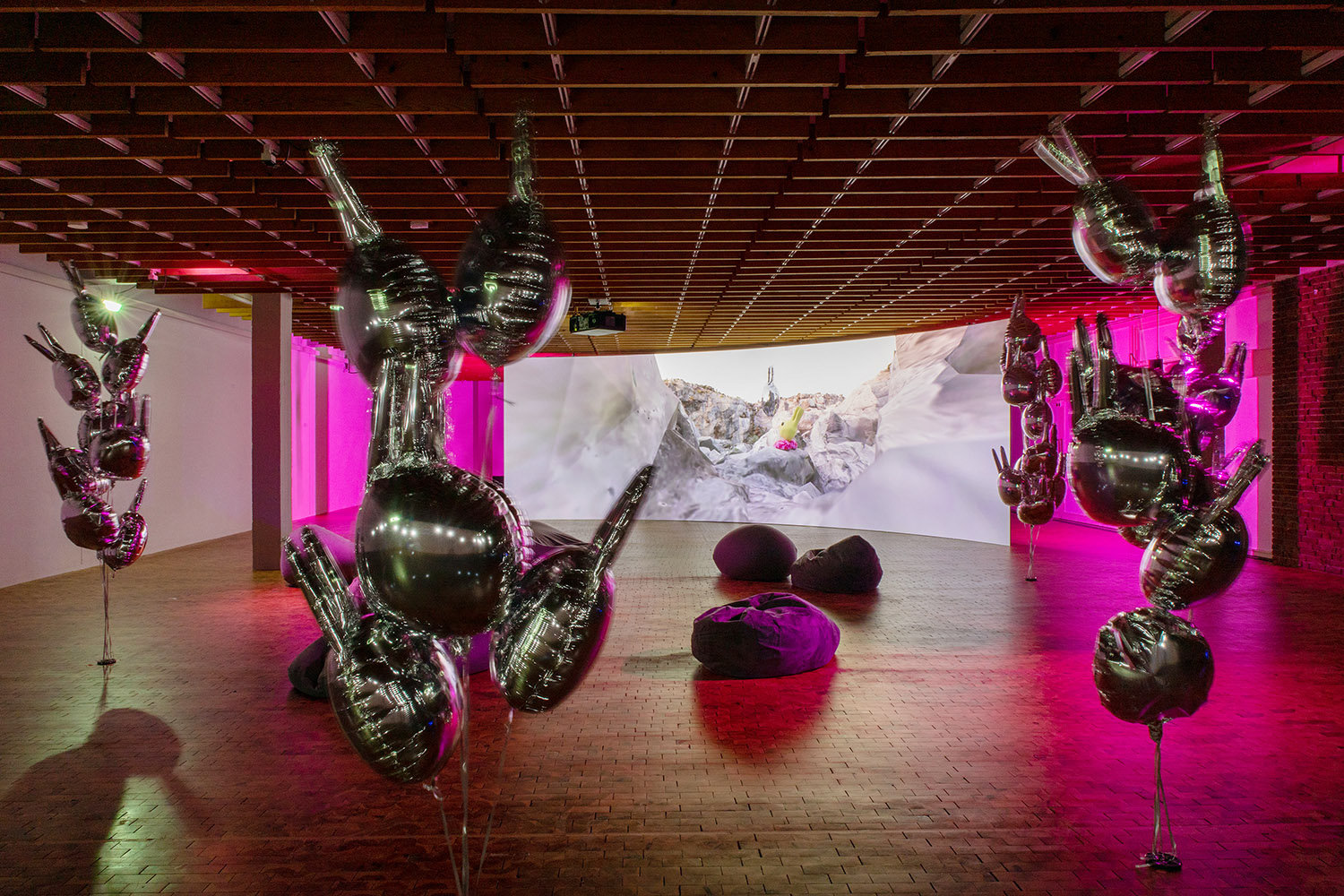
About the event
The lecture series was conceived by Teresa Fankhänel, Anna-Maria Meister (Chair of Architectural Theory), Riklef Rambow (Chair of Architectural Communication). The lectures take place on Wednesdays at 7 pm in the Fritz-Haller-Hörsaal, Englerstraße 7, Geb. 20.40 in Karlsruhe in presence.
Continuing education
The lectures of the event series are recognized by the Baden-Württemberg Chamber of Architects as continuing education with the scope of 1 lesson each for members and architects/urban planners in internship for all disciplines.
Stay up to date!
Subscribe to our newsletter, follow us on Facebook or Instagram to receive regular updates on faculty events.
Videos
You can find a selection of recorded lectures on our YouTube channel.

